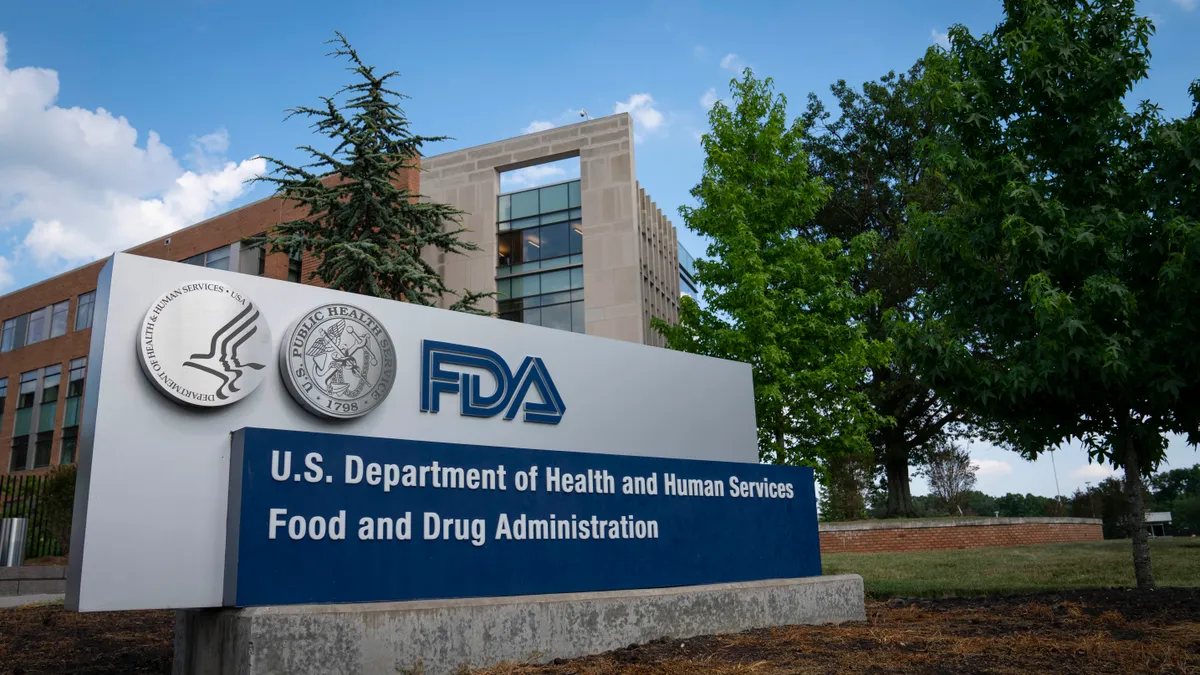Dive Brief:
- The Food and Drug Administration has published final guidance on determining whether clinical decision support software is considered a medical device.
- The final text diverges significantly from the draft released in 2019, omitting sections on the International Medical Device Regulators Forum’s (IMDRF) risk categorization, and completely rewriting other parts of the document.
- The result is a 26-page final guidance that is focused on how the FDA interprets legislation on software functions that do not meet the definition of a device, supported by examples.
Dive Insight:
The FDA received 108 comments on the 2019 draft. Key stakeholders voiced support for the draft, which the Advanced Medical Technology Association, a trade group, called “an important step in clarifying the types of software that are, or are not, subject to FDA’s regulatory oversight.” The trade group also raised concerns and called for changes.
Bradley Merrill Thompson, an attorney who works with medical device firms on regulatory issues, said in an emailed statement that the guidance is “hugely different” from what the FDA proposed in 2019, pointing to a section where the agency is trying to draw a distinction between how “self-confident” software is when making recommendations to doctors. For example, distinguishing between software that will say directly what a diagnosis is and software that will be more tentative and say a diagnosis is probable.
“I'm appalled that FDA would make such radical changes from a proposal and go right to final, without publicly vetting the language first in a re-proposal,” Thompson, an attorney with the law firm of Epstein Becker Green in Washington, wrote in the statement. “It is almost certain to cause confusion and indeed conflict because FDA's new interpretations are far from what Congress provided in its statutory language.”
The FDA’s draft guidance also included a framework put forward by the IMDRF to apply a risk-based policy for clinical decision software functions. In finalizing the draft, the FDA has largely removed references to the IMDRF, including by deleting a five-page section that discussed the forum’s framework. The final text only mentions the IMDRF risk categorization document as a source of additional information.
Despite the removal of the IMDRF section, the final guidance is only one page shorter than the draft. The final text features additional information on how the FDA interprets a section of the Federal Food, Drug, and Cosmetic Act that addresses software.
“Not all clinical decision support software used in healthcare settings are devices and therefore subject to FDA oversight as a device,” the regulator said in its guidance.
For example, the final guidance goes into more detail about how the FDA interprets the term “intended for the purpose of supporting or providing recommendations to an HCP [healthcare provider or professional] about prevention, diagnosis, or treatment of a disease or condition.” The text now features examples and a discussion of two aspects of software functionality that may affect whether it is used to support or provide recommendations.
The FDA has also rewritten and simplified a section focused on examples. In the final text, the section is broken into three parts that cover examples of device software functions and two types of non-device software functions. The agency has also created a graphic to help companies determine if their clinical decision support software is a device.











